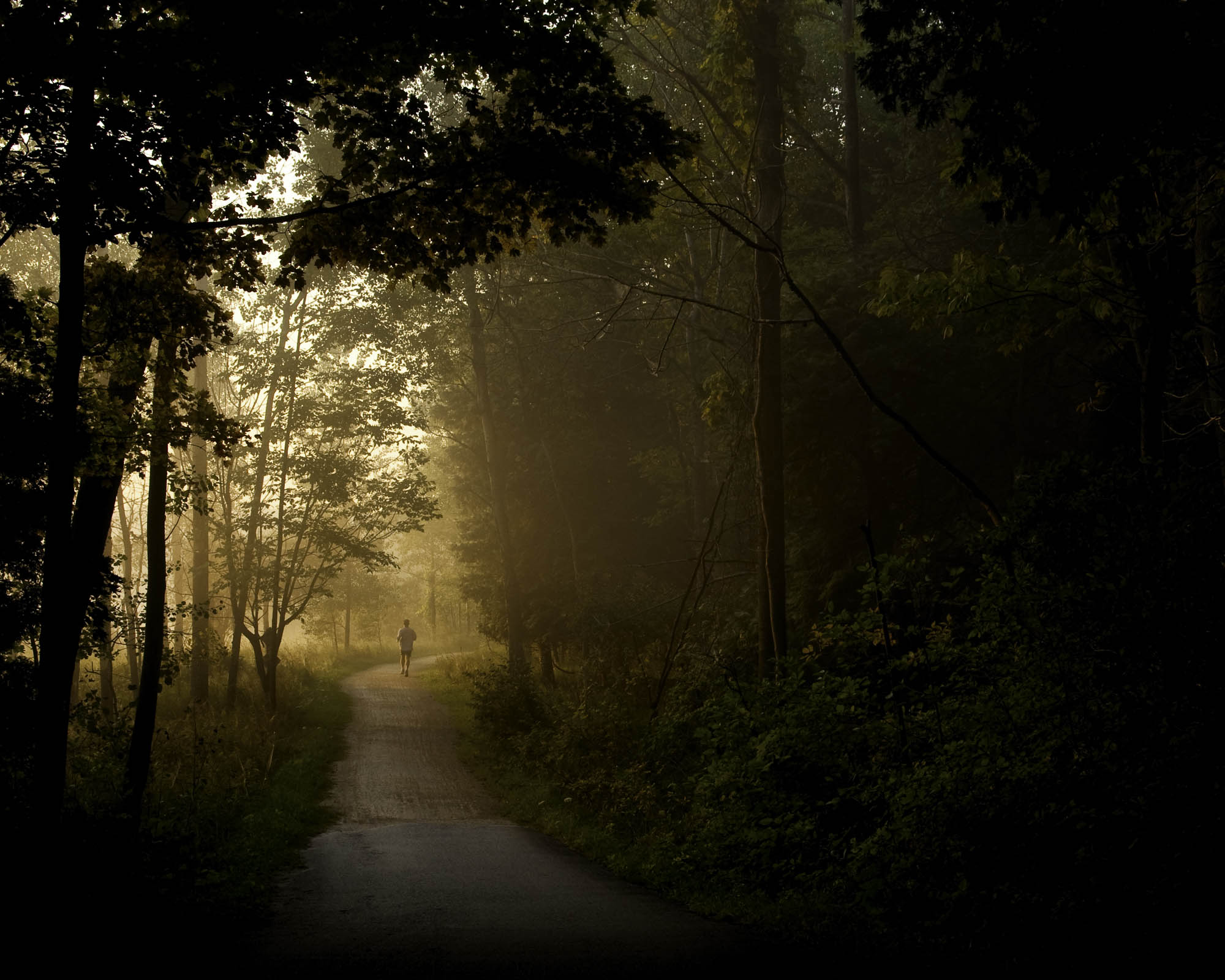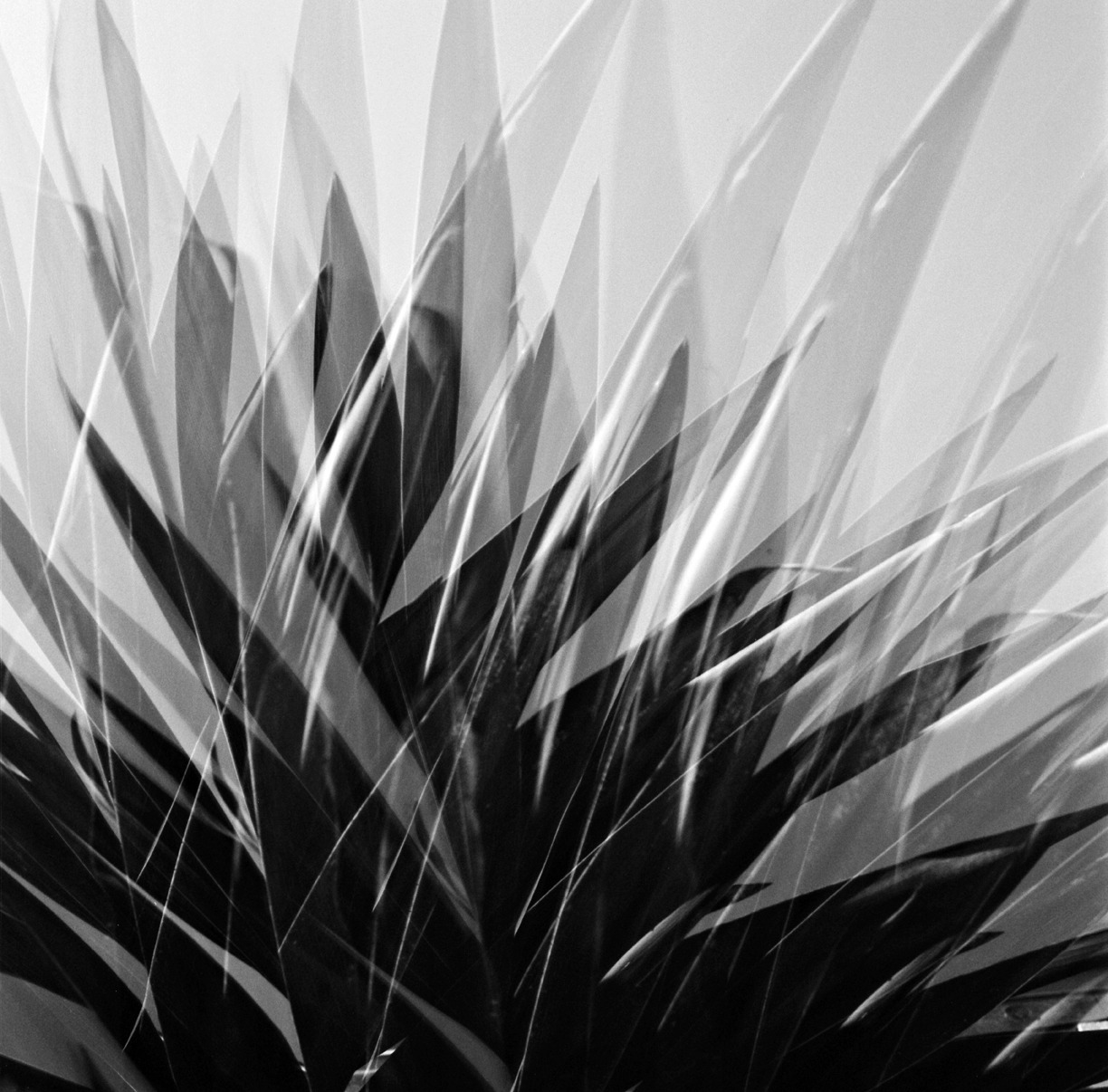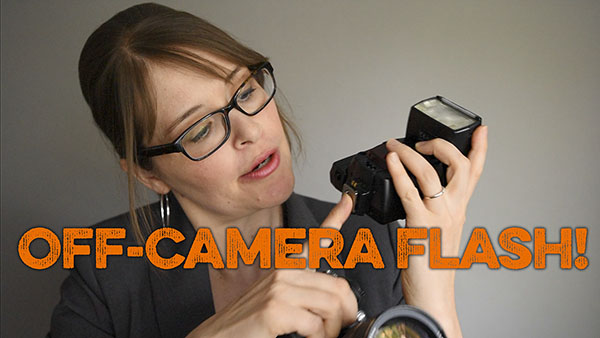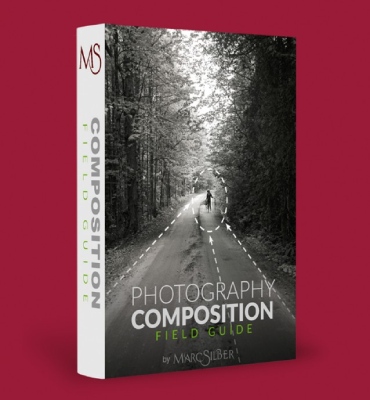AYP Insider: Natural Light Portraits at Night?
Don’t get me wrong. I love daylight just as much as any other photographer. The sun is my friend and I’ve learned to use it, hone it and shape its light to create some of my best images. Does this mean that you’re only going to pull out your camera during daylight hours? I hope not.
For some, it’s about not wanting to use or carry around a flash. Direct flash from the camera is usually too harsh and an off camera flash can be annoying and cumbersome. Even having a diffuser and/or a bounce on your flash means you’re going to be lugging a big piece of gear that just screams photographer.
For others, it’s about just not being able to get the shot without some blur because there simply isn’t enough light. This means you’re either going to have too slow a shutter speed to hand hold. If you crank your ISO too high, you run the risk of getting images too noisy to be usable. So, how do you pull off the impossible? The following tips should help to bring you out of the dark a bit.
 1. Back to basics: 50mm
1. Back to basics: 50mm
Anyone who has taken a film photography class will be familiar with the old 50mm. This lens was the one that came stock with almost every beginner SLR. 50mm is the world at 1 to 1 which means it is the focal length that is closest to how the human eye sees the world and, for that reason, it was a staple for photogs picking up their cameras for the first time. Though the focal length is important, that isn’t what we’re here to discuss. The reason I bring up this lens is because it’s usually a big aperture lens (f/1.4 – f/1.8).
Those of you born and bred in the digital era usually have a kit lens with some limited zoom (18-55mm or some such thing). The biggest possible apertures on these lenses are usually not wide enough to shoot at night without heavy ISO cranking. My suggestion is to go and buy to 50mm f/1.8 for your respective camera system. Canon, Nikon and Sony all have this lens for about $100. It is the best 100 bucks you will ever spend.
2. Shoot wide open
Once you’ve got your trusty 50mm, get comfortable with shooting wide open. Whether you’re in aperture priority or full manual, leave it at f/1.4 (f/1.8 for most) and start shooting. I usually like to go full manual because your camera will have difficulty metering in that dark of an environment. If you’re not quite ready for this, aperture priority is fine, just make sure you review often enough to be able to mess with your metering mode in order to achieve the best result. I prefer spot metering as I am typically more worried about my subject than the environment.
 3. Bigger is better
3. Bigger is better
I am usually a huge fan of shooting in JPEG versus Raw for every day walking around. Who the heck wants to deal with 40 meg files all the time? I certainly don’t. Alas, that is a debate for a different blog post. Despite my usual thoughts otherwise, this is the exception to the rule. In this case, raw is your friend for a number of reasons. First of all, you will have to shoot at higher ISOs. 1600, 3200 and even 6400 are numbers I’ve had to jump to in order to get my shots. Even though most modern DSLRs do a great job of noise reduction, I often like my images to be as noise free as possible. the only way to achieve this is by shooting raw. You won’t get rid of all the noise but you will be able to tame them far better than you could ever hope to with a jpeg.
Don’t be afraid of the dark. It can be your friend if you learn to control it. Given that most beginning photographers shy away from it, shooting in the dark will also yield you some results you couldn’t have gotten otherwise.
Images by Lam Nguyen








Leave A Comment
You must be logged in to post a comment.